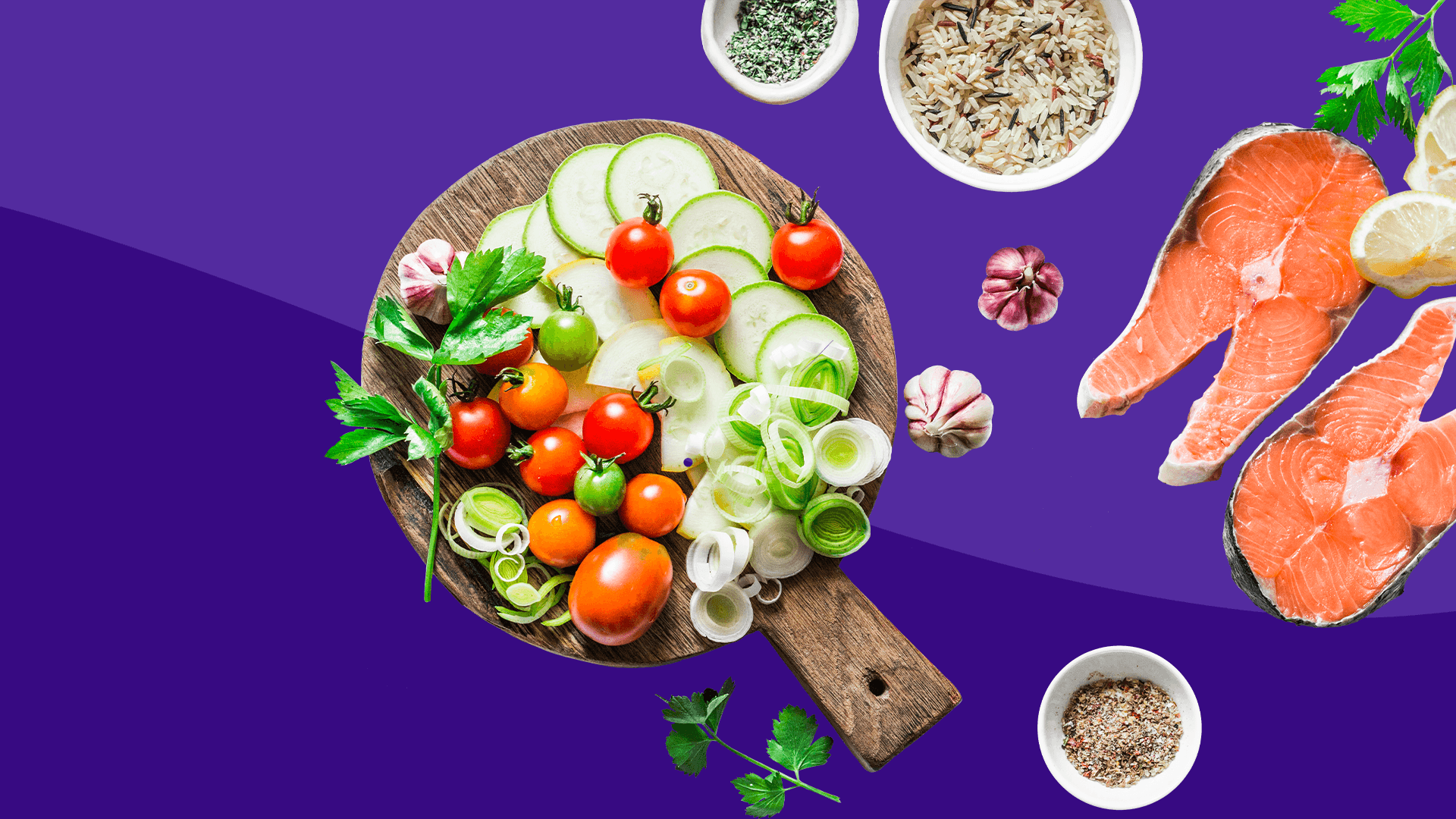Plumeria Flower – Tips, Tricks, and Secrets
This short article on Plumeria Flower tips and tricks is something I wish I ran across a long time ago. I’ve lost some plants which had grown into trees due to my ignorance along with some extra cold weather.
Even though the Plumeria Flower is one of the easiest plants I’ve ever seen grown; it does call for some special attention if you want to get the greatest number of flowers from the plant.
The flowers are by far the primary reason this plant has such a raving fan base. The color combinations are music to the eyes while the fragrance is simply addictive.
Many of us raving plumeria fans got our first dose of our addiction from seeing or receiving a Hawaiian flower lei while in Hawaii.
When I was given my first flower lei I was overcome with its beauty, fragrance, and even its weight! It was truly love at first sight. Perhaps that’s why I choose to keep several of these plants within eyesight of my office even though my property is filled with other plants as well.
So what are the key basic elements to a thriving plumeria plant?
Let’s list them in order importance:
Plant Temperature:
The plumeria is a tropical plant. Even so, it can be grown in Alaska if you’re willing to take a few simple steps:
Maintain the plant in temperatures above freezing at all times. If the plant spends even a couple of hours in temperatures near freezing you will experience plant damage and very possibly lose the entire plant.
People who live in climates that experience freezing temperatures should keep their plants small enough to be moved indoors during the cold months. Your garage or basement are fine because during this dormant period the plant does not need light or water for that matter.
Even though the leaves will drop off the plant during the dormant period, the plant is still alive and well. When the days get longer and the temperatures rise well above freezing the plant can once again go outside and receive water.
Light:
The plumeria is a true sun lover. Full sun is best, and six hours a day of good light is pretty much the minimum in order to produce flowers. The shadier the location the fewer flowers you’ll produce as a general rule of thumb.
Soil:
Using a plant soil mixture that drains well is very important to the overall health of the plant. If the soil does not drain well the roots aren’t happy. A sure sign of too much water or poorly draining soil is soft/spongy branches which can threaten the life of your plant
Water:
Many people have the mistaken idea that plumerias need a ton of water.
This is not true and I’ve seen more problems with too much water than not enough. There needs to be a balance between how well the soils drains and how much water you offer the plant. The soil should never remain soggy for long.
When the temperatures get hotter the plant calls for more water.
Fertilizer:
Plants need a lot of nutrition to produce flowers. This is definitely true for the plumeria. Depending on the nutrients found in your soil mixture you will most likely need to add plant food to generate the quantity of flowers you’re looking for.
One of the secrets to having a plant which generates a lot of flowers is to use a fertilizer that is high in Phosphorus.
Space does not permit us to elaborate at length on how to produce the quality and quantity of flowers you’ll want but does provide a good basic foundation you’ll need to get started. Once the plumeria flower bug has really bitten you’ll then be ready for additional tips and tricks for keeping your plumeria flower plant as happy as possible!
One of the secrets to having a plant which generates a lot of flowers is to use a fertilizer that is high in Phosphorus.
Space does not permit us to elaborate at length on how to produce the quality and quantity of flowers you’ll want but does provide a good basic foundation you’ll need to get started. Once the plumeria flower bug has really bitten you’ll then be ready for additional tips and tricks for keeping your plumeria flower plant as happy as possible!





